15. Blancanieves (Pablo Berger, 2012)
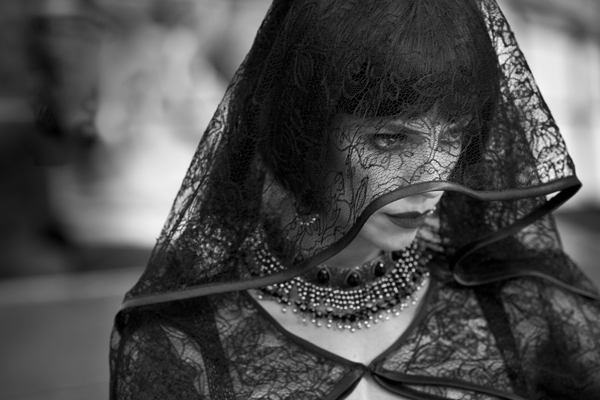
It’s the only silent movie on this list, and it shows a different version of “Snow White”, featuring a much sadder ending and a more realistic and adult side of the fairy tale.
The fact that it’s a silent movie, released in 2012, is quite enchanting, to say the least. I was always a fan of silent movies, and the fact that they are still written and released really shows their importance to cinema. For that reason, it’s placed in such a high position. The movie was actually pre-nominated to the Oscars at its correspondent edition, but unfortunately, it never went through to the next stage.
It is set in 1920’s Seville with our Snow White being portrayed by the daughter of a rich and famous bullfighter. After an accident with a bull, the bullfighter became physically handicapped and dependent on an evil witch (who was portrayed by his nurse), who only wants to take advantage of him. The ending represents a twist on the famous fairy tale, providing a much more realistic and adult side of the story.
14. Relatos Salvajes (Damián Szifrón, 2014)
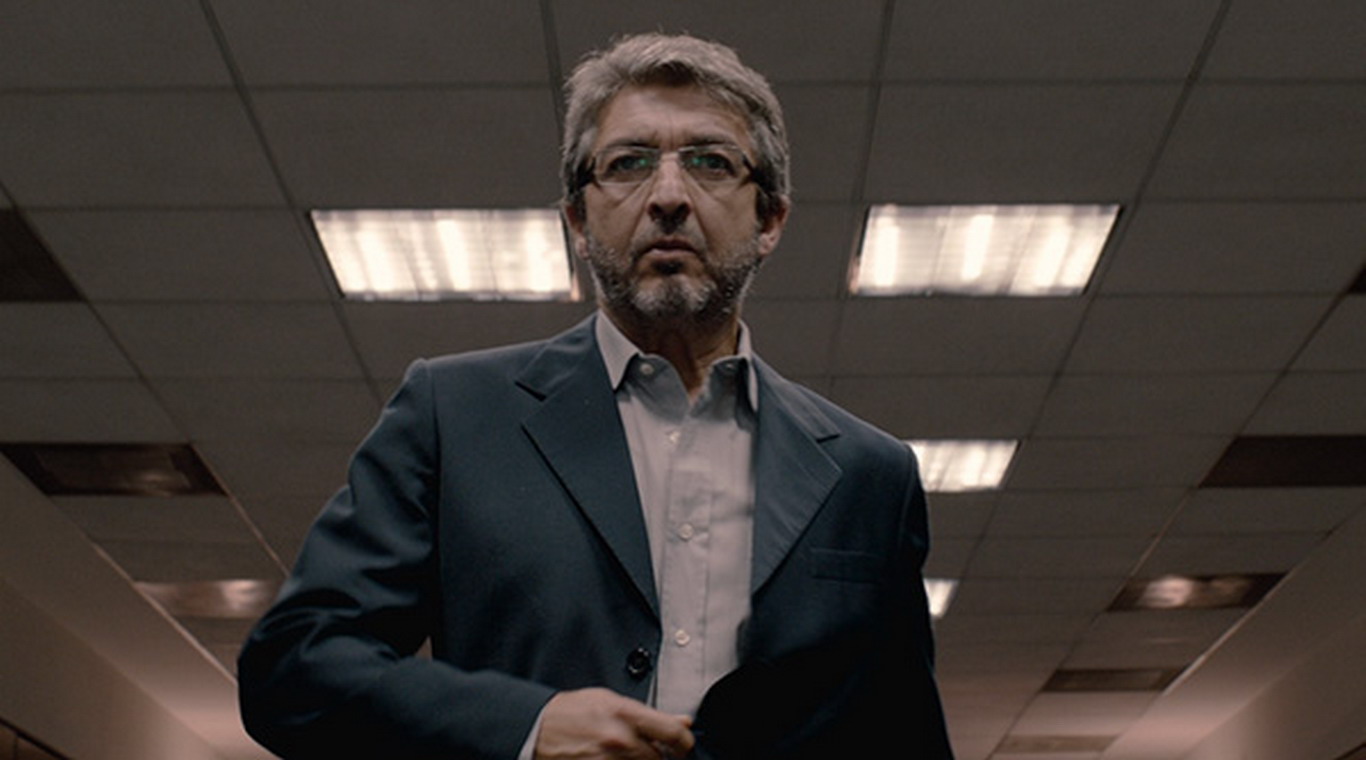
“Relatos Salvajes” is an anthology of short stories that was inspired by legendary TV shows, including “The Twilight Zone”, “Tales of the Unexpected” and “Amazing Stories”. It became one of the most successful films of 2014, featuring a handful of actors who are very important in the Spanish-spoken film industry. It was an Oscar nominee for Best Foreign Language Film, and quite deservingly, is one of the most surprising releases of the last five years.
Personally, I really like these types of movies. Anthology films are always great, as we can find a handful of important actors mixed in the same bowl. The stories never get the chance to become boring and fastidious, due to their short duration.
This release is more than a movie; it’s a case-study on the human condition, exploiting human distress and its consequences on reality. Six “wild tales” are featured in this anthology and mostly cover emotions such as tension, anger, and betrayal. It’s one of the best movies of the last five years, without a doubt.
13. Vacas (Julio Medem, 1992)
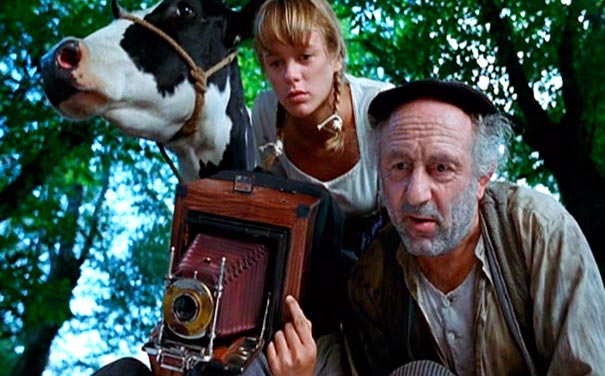
This film is graphically astonishing and surprising; the risk was taken by director Julio Medem, in spite of it being his debut film. It tells the story of the rivalry between two families over the course of 50 years, spanning three generations. The action goes from 1875 to 1936, in the midst of an approaching World War II, which began three years later.
It’s a movie that is considered improper by some of the most sensible people, who might see this release as shocking or even obnoxious. It was viewed as a largely promising film from one of the most promising directors at the time of its release.
It completely took the critics and myself by surprise, due to its highly graphic content and excellent performances. Although it’s not often referenced on these types of lists, “Vacas” has the ability to impress and even shock audiences. The story is beautifully told, and it could even gain more attention if it were longer.
Check also “Lucia y el sexo” (2001) by Medem.
12. El Espíritu de la Colmena (Víctor Erice, 1973)
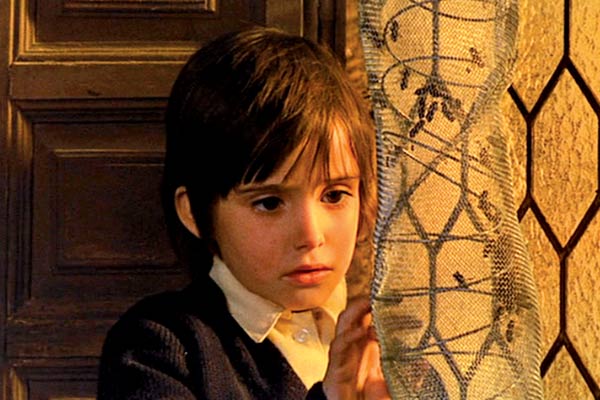
This film features Ana Torrent, one of the most talented child actresses in European film. She later grew to become one of the most important Spanish actresses of all time, and is still active. “El Espíritu de la Colmena” is a widely recognized movie about childhood and the views of children in postwar Spain.
After watching a version of “Frankenstein”, featuring Boris Karloff, Ana (played by Torrent) becomes impressed and scared by the film. Thanks to her older sister, she is convinced that the monster still lives nearby, in their small town. They find a small abandoned house, where an escaped convict hides in order to escape the military men who want to kill him. Soon, she is convinced that the escapee is the monster of her dreams and fantasies.
Again, Torrent plays a role of a dreamer, but not one as embittered and obscure as her role in “Cria Cuervos”, the all-time classic by Carlos Saura. Still, Torrent’s performance is bone-chilling to the viewer, due to the quality offered by such a young actress who had her her first major role in this film. It deals with childhood, fantasy, dreams, and the reality of a postwar Spanish society and livelihood.
11. La vaquilla (Luis García Berlanga, 1985)
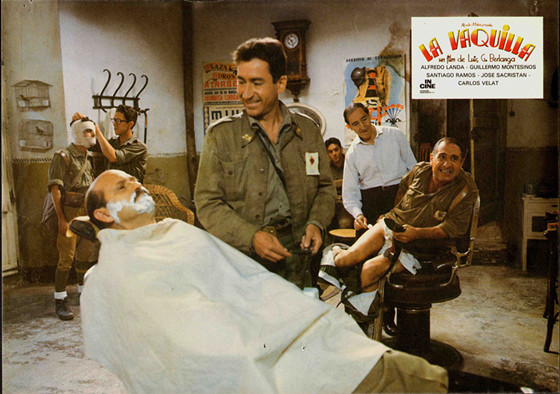
“La vaquilla” is surprisingly the only war film on this list, considering the impact World War II had on the Spanish film industry. It’s perhaps the best Berlanga film after 1970, and the funniest one as well. The plot is immediately prone to humor due to its silliness, but also its context with reality and the political context during World War II and before that, the Spanish Civil War.
It features two sides of soldiers: one fighting for Franco and the other fighting for the Republican forces. The Republican soldiers want to steal the young bull belonging to Franco’s soldiers, which will be used by them in a special party in honor of Franco.
After going behind enemy lines, a group of Republican soldiers have to conceal their identity in order to steal the “priceless” young bull. However, every rose has its thorn and a series of funny events will disturb their intents. It features Alfredo Landa and José Sacristán as leaders of this group of misfit soldiers.
10. Mar Adentro (Alejandro Amenábar, 2004)
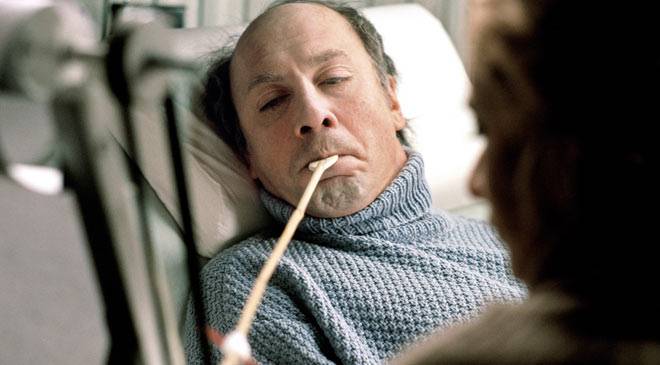
This film should earn the award for the toughest and hardest performance on this list. Amenábar’s style is heavily assimilated to the rawest of human emotions, and he “studies” the main characters of his films, never forgetting the necessity for plot enhancement in mysterious and thrilling story-based movies. “Mar Adentro” has all of those features, combined with a brutal and amazing performance by Javier Bardem, in possibly the best role in his career.
It is based on a true event and exploits themes like euthanasia and companionship. The movie deals with one of most controversial themes in present time: the desire to die, when given a chance; to stop living and die in happiness after a tragic event and the subsequent dramatic aftermath.
Despite its dramatic and shocking theme, the film is seen as a reference of kindness and warmth, due to its message of hope for a better future, even if that future doesn’t exist. This release won the Oscar for Best Foreign Language Film.
Check out “Abre los Ojos” (1997) as well, also by Alejandro Amenábar.
9. Bienvenido Mister Marshall (Luis García Berlanga, 1953)
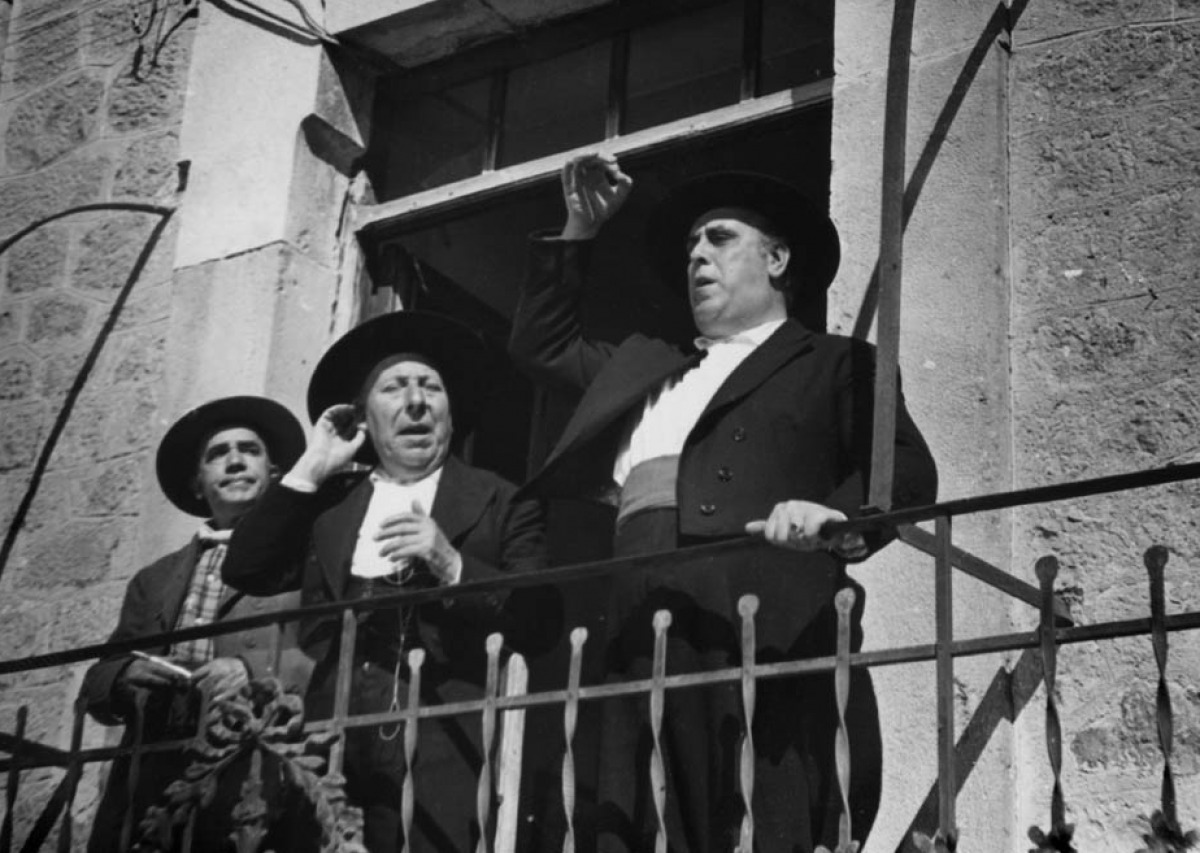
This is one of the greatest satires in European cinema, showing the political influence of the American way (at the time) over European hopes and dreams. It’s a very funny comedy, and one of the reasons why it’s one of the greatest Spanish films ever made is that it has a continuous flow of comedic situations, creating ridicule around such a trivial theme.
It describes the Marshall Plan, which was put in action after World War II, and its influence over the people of Villar del Río, Spain. The mayor and the town’s main personalities are informed of the arrival of the Americans in order to “inspect” their humble town, and quickly preparations are put in place so that the “heroes” are well received. It’s narrated by Fernando Rey and it features José Isbert, as main character, two legends of Spanish cinema.
The movie happens in rapid motion, showing the immediate action since its beginning, and a depiction of the peculiar characters living in the small Spanish town. They desire to look more like the Americans and possess their customs and traditions. The end is quite disappointing for those who had such ambitions and worked hard to receive the Americans, but it seems that they aren’t as disappointed as one might think.
8. Cria cuervos (Carlos Saura, 1976)
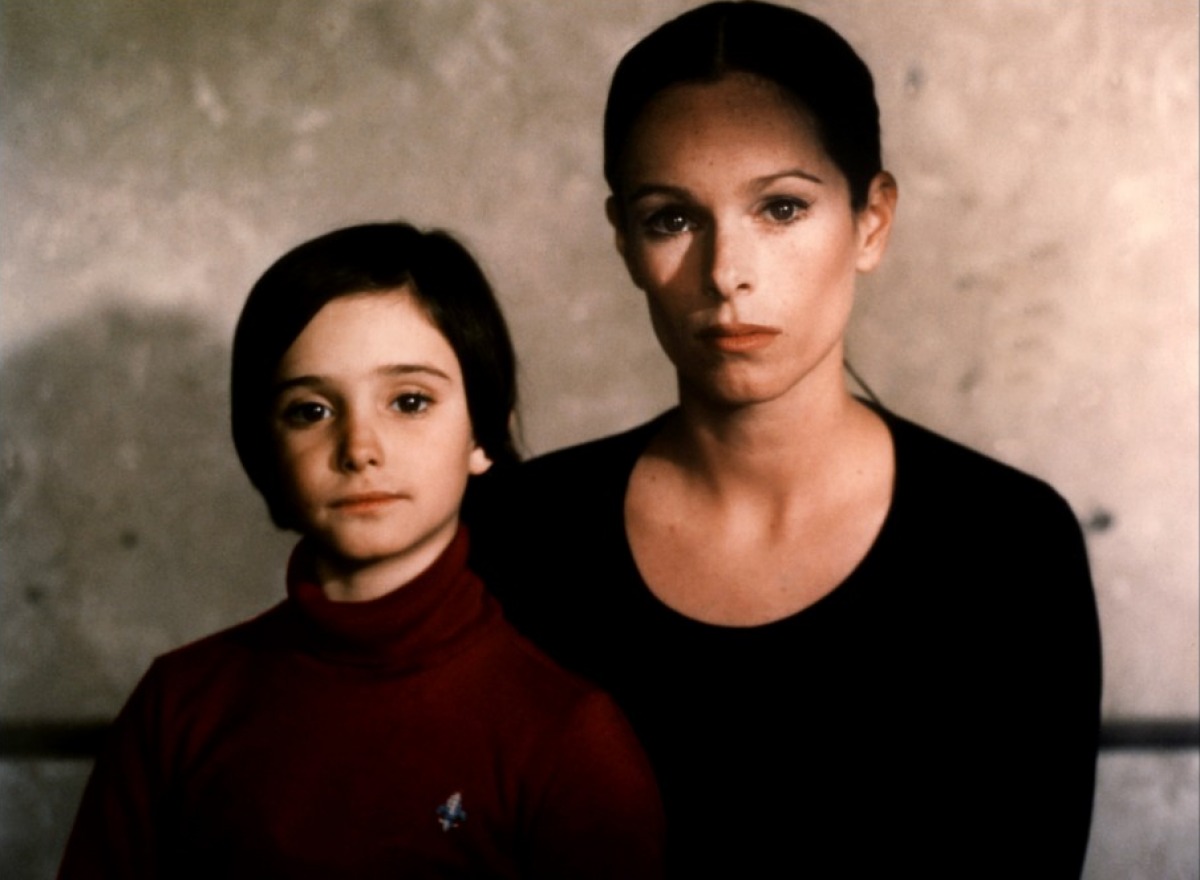
This film may be Saura’s finest effort in his entire filmography, despite his other acclaimed classics. “Cria cuervos” became a classic soon after its release, solidifying the careers of both Saura and Ana Torrent, the lead actress in this film.
As a film, it’s one of most difficult to interpret and follow on this list, as it presents several allegorical and psychological interpretations that might not be easy to understand. In some moments, the movie can be more difficult to understand than some of Fellini’s films, as an example.
Torrent plays Ana, an 8-year-old girl who is dealing with loss in the most morbid way possible. She often sees dark imagery relating to her father’s death, a former Fascist soldier, and her mother’s death, which will be discovered and deduced by the viewer in the first few minutes of the film.
Ana and her two sisters are looked after by their aunt Paulina and her mute grandmother, who try to erase the past misfortunes of the lives of these three sisters. Ana is the most disturbed of the three, blaming the death of her mother on her father, and using “poison” to distract and remove those who were responsible for her sadness and misfortune.
It’s a disturbing movie and quite difficult to understand, with several allegorical references that can be interpreted in a number of different ways. Ana is the target of a poorly understood death which seriously damages her, causing several disturbing images and thoughts that might lead her toward deviant behavior.